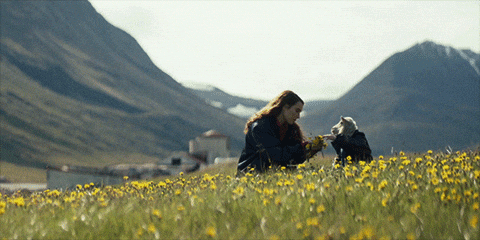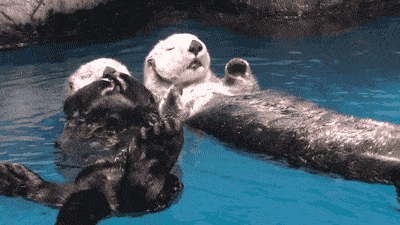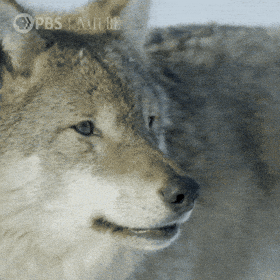Developing Ecotourism, How To Take Into Account Environmental Protection?
Tourism development is highly dependent on a sound and healthy ecological environment.

Only by adhering to the concept of green ecology development,
Adhering to the strategic objective of sustainable development.
Respecting the natural ecological environment and protecting the ecological environment, can the tourism industry achieve long-term development and expand a good environment for mankind.
Europe is 8 hours ahead of the center of the USA according to the
From the Point of View of Protection

First, all types of land and heritage resources in Yellowstone National Park are under unified state control.
All non-public wellness development activities in the park are strictly prohibited, and nature is respected and takes its course.
The natural occurrence of water, fire, thunder and lightning, and the rise and fall of life and death in the park are left unchecked, allowing all manner of creatures to develop and change according to their natural conditions.
It also strictly protects wild animal and plant species, strictly guards against the expansion and infringement of alien species, and strives to protect the diversity and uniqueness of biological species.
Second, Yellowstone National Park is administered by the Ministry of the Interior through the National Park Administration, which reflects a centralized form of management, and the cultural level of park administrators is generally high. Most Yellowstone National Park managers are graduates.
They conducted long-term scientific research and monitored the geology, animals, plants and microorganisms in the park, and formed a set of scientific management theories and information materials, making each management measure.
All are based on scientific theories, with strong relevance, clear objectives, adequate measures and remarkable results.

In addition, the park's daily management is also quite strict.
Visitors bring their own food and tents, which must be dismantled and removed after use, and even human waste and excrement must be taken with them.
The park's sewage is treated centrally, and the garbage is collected by classification.
The earth and stones removed and discarded during the construction of the roads receive a careful destination.
The third is to attach importance to public and social participation, so that the park is not only an entertainment and leisure place open to the general public,
But also a classroom of patriotic education and ecological protection knowledge education for the public.
The forms of public participation are diverse: for example, young students support the construction of national parks through voluntary work such as garbage collection, scientists provide free technical advice and make suggestions for the construction of national parks.
The government will also resettle Aboriginal people in Yellowstone National Park, protect their culture and provide them with jobs.
From the Perspective of Tourism Development

First, Yellowstone National Park's tourism tax is relatively low.
The admission fee is only 25 US Dollars and the validity period is 7 days.
Fees at other US national parks are even lower, and some are free to visit;
Second, the scenery of Yellowstone National Park is charming.
Due to the successful development of a reasonable protection model, the original beauty of Yellowstone National Park before it was developed by man is basically preserved.
Finally, tourists have comprehensive travel guarantees.
Yellowstone National Park has tourist service centers, car camps, museums, a series of guaranteed accommodation facilities and more tourist experience activities to provide tourists with travel guarantees to meet the needs of various tourists.
For the convenience of tourists' travel, more than 500 kilometers of roads around the mountain and more than 1,500 kilometers of pedestrian greenways have been built to connect the main scenic spots of each scenic spot.

In order to ensure the development of the public welfare of the American national parks represented by Yellowstone National Park, the US federal government introduced a series of bills, such as the "National Park Service Special Needs Business Resolution Act", "National Park Management Organization Law", "Nature Law", "National Park Authorization Law", "Endangered Species Protection Law",
"Native Nature and Scenic Rivers Law", "Comprehensive Management of Public Lands Law" and more than 30 related bills, the detailed and comprehensive bills are worthy of studied by other countries.
The development of ecotourism is not only to create a leisure and entertainment place, but also an educational place to protect the ecological environment.